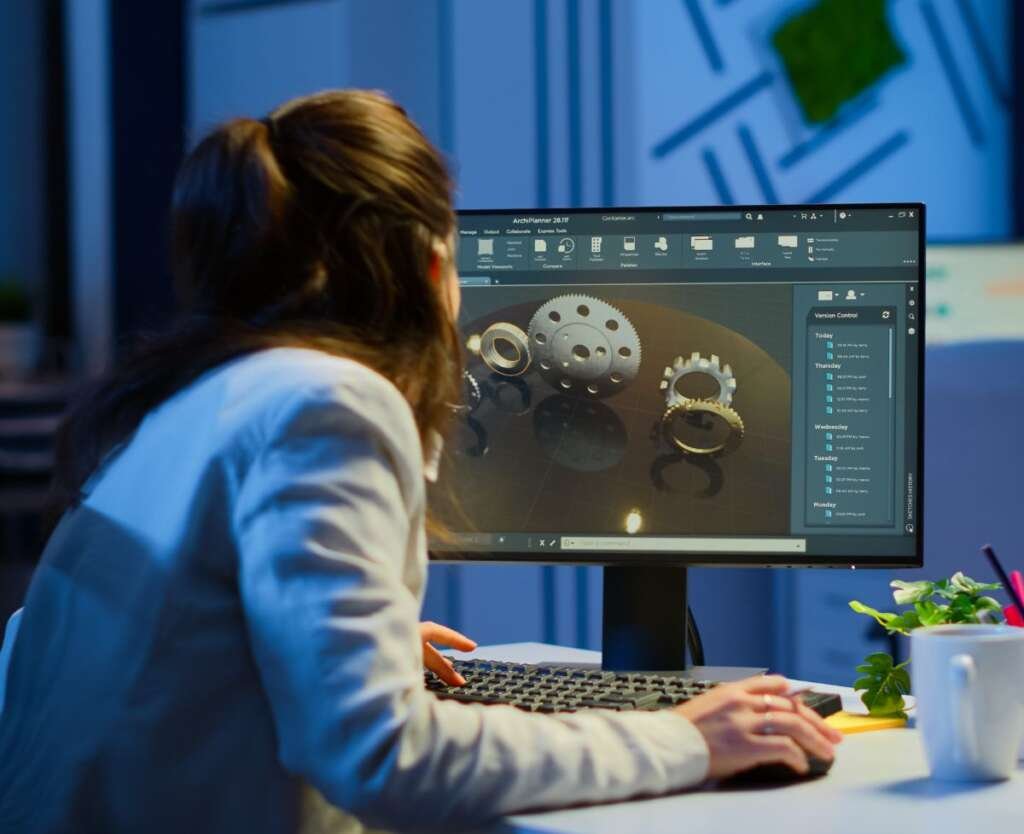Every business owner wants to stay ahead of the curve with innovative solutions. Creating prototypes is a fundamental step in product development and allows creators to visualize, comprehend, and test their concepts before the final production. We’ll share valuable information on five techniques you can use to create prototypes for your business.
Rapid Prototyping
Rapid prototyping is, as the name suggests, fast. This perk makes it cost-effective and allows for easy design modifications. The name derives from its swift turnaround time. Businesses can save time and resources by using rapid prototyping to create, test, and adjust models before final production. However, the quality of the prototype might not match that of the final product due to the creation speed.
Concept Prototyping
Concept prototyping is popular in the product development process to illustrate an idea or concept. It helps stakeholders visualize the intended product, facilitating feedback and refinement. The downside is concept prototypes are not entirely functional, which can limit their usefulness in identifying design flaws.
Reaction Injection Molding
Reaction injection molding (RIM) is a prototype creation technique that involves injecting liquid reactants into a mold. One of the primary advantages of RIM is the ability to produce large, lightweight components with complex shapes. It’s also highly customizable, allowing for a range of color and finish options without the need for post-processing. Other advantages and disadvantages of reaction injection molding include fewer parting lines yet a slow production speed.
3D Printing
3D printing has revolutionized prototype creation by allowing manufacturers to generate tangible models from a digital file. This technology is advantageous for its speed, accuracy, and the wide variety of materials available. However, the cost of 3D printing equipment can be prohibitive for small businesses, and the resolution of 3D-printed prototypes may not match that of manufactured products.
Virtual Prototyping
Virtual prototyping leverages computer-aided design (CAD) software to create digital models of a product. This technique is cost-effective because it reduces the need for physical materials. It is quick, allows for modifications, and is ideal for testing the product’s performance under different conditions. On the flip side, virtual prototypes may not provide the full tactile experience that physical prototypes offer.
These prototype creation techniques have unique advantages and disadvantages for businesses. Your choice depends on the product’s requirements, the resources available, and the stage of product development. By understanding these techniques, you can make an informed choice that aligns with your product development strategy.
